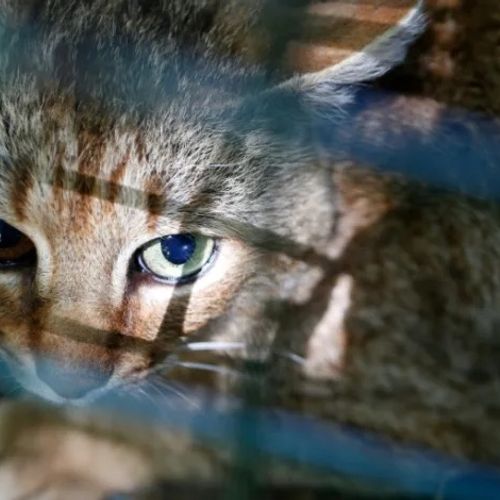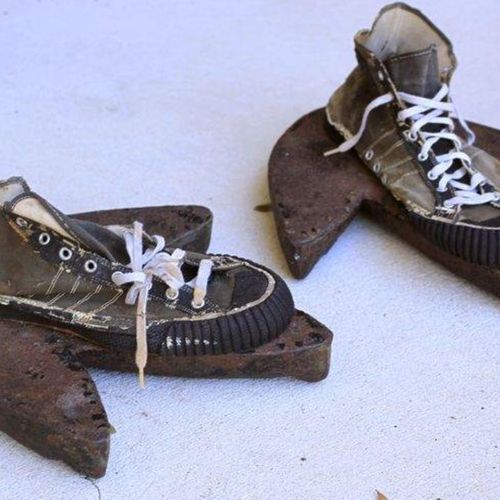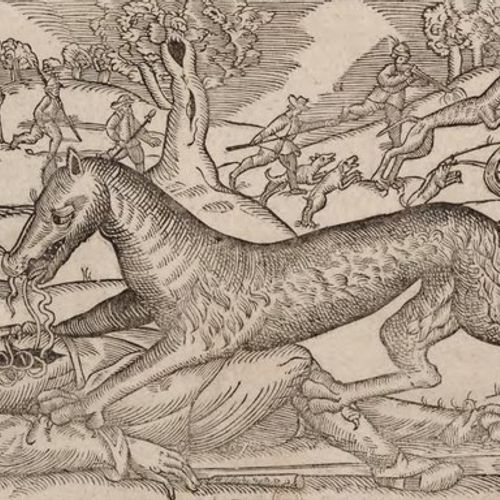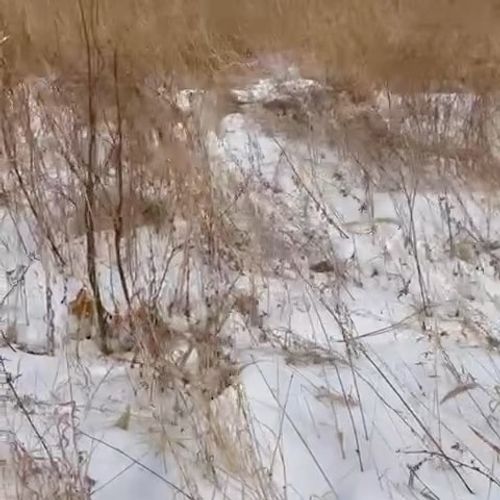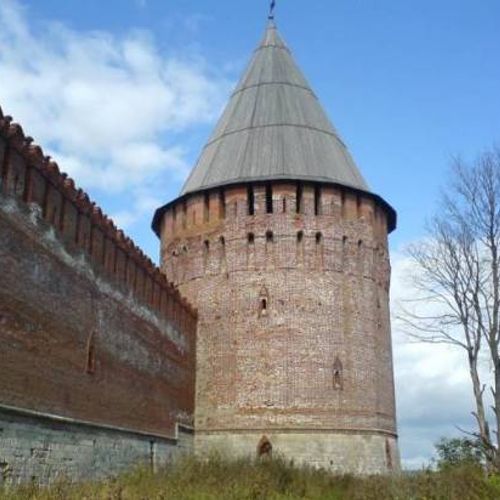
| Added | Wed, 04/04/2018 |
| Источники | |
| Дата публикации | Wed, 04/04/2018
|
| Феномены |
Many peoples of Central Asia and Kazakhstan was typical abstract representation of a perfume. So, the Tajiks have not been in language and the special generalizing term for this concept. Was usually used in private the names of some of the most famous characters of the Tajik demonology.
In those cases when they wanted to say about spirits in General, resorted to allegorical expressions. Often used the words "cheese" "thing, something", "zien" - "harm", "ball" "a misfortune". Replace these words the names of the spirits were caused by the unwillingness "to attract their attention.
Taboo on the names of spirits and gods existed in other Nations. The composition of the pandemonium of the peoples of Central Asia and Kazakhstan is more or less homogeneous. All the prevalent ideas about the Jinn, peri, the Devas and albasty.
Spirits were divided into three categories:
- "Clean", living in the mausoleums, that is, the spirits of the dead saints. Such a spirit was called or the name of a Saint, or often used in this case, the word "Mazar". According to the beliefs, the "pure" spirits were of human origin and derived from the cult of ancestors, sometimes heroes.
- Albasty, Jinn (Adini), dev.
- Peri
Albasty
Albasty was in the way mnogogrannoi women, or women with long saggy Breasts, long braids, which she combs, sitting somewhere under a tree, more often under the nut. Therefore, the nut is bad the tree where it is dangerous to stay long, and especially to fall asleep. According to legend, albasti make women barren, the "tying" their genitals. For release from the spell, she has to move across the river.
It is noteworthy that the transition through flowing water, many people considered a way to get rid of any magical "binding". Albasty sends disease. In most cases, the causes of diseases were understood to be quite specific actions of the spirits.
Consider, for example, that albasty hit man by his "five fingers", causing his body covered with bruises — the marks of his fingers. In Samarkand said that the spirits touch the man's hand. Widely known legend about the meeting albasty with king Solomon (Suleiman), in the Muslim world is also considered the king of demons and spirits. In one version of the legend tells that albasti told to make his image, promising not to harm the one who wears it. Thus, an amulet designed to protect against albasti was used according to the principle, just the opposite: the image of the spirit were wearing.
The custom of carrying the idols as amulets is attested but the whole of Central Asia. In Bukhara in the X century, after the introduction of Islam, there were annual fairs, which sold idols, and anyone who lost their idol or want to replace worn, bought it myself new. Idols were carved on the doors of locks as talismans.
Jinn
The idea of the Jinn, or adineh, was different. The Uzbeks of Khorezm were these demons as something very small — like midges. Tajiks ageny are drawn in the form of something hairy, like cats fur or skin. In contrast to the Islamic understanding of Jinn, as derived from "pure fire" Tajiks imagined him being unclean, choosing a dirty place: piles of manure, destroyed houses, abandoned mill.
It is noteworthy that aginy, wanting to punish man, could only touch it with her hair. In some areas there is a belief that girls night is not allowed to play with dolls. The reason for the ban was the concern to attract demons: the Tajiks was afraid of going aginy and thinking that doll of their breed, take them and carry. In this regard, it is curious that the dolls were made in the Kazakh rite and then was thrown into the steppe, was done in order that the spirits took them for "their sisters".
The Devas
Demons, Devas (divas) was one of the Central figures of demonology. The Devas are represented by giants, covered in fur, with sharp claws on the hands and feet, with a horrible persons. The Devas live in their dens, called daulah in wild, remote places, or within the mountains, at the bottom of lakes, in the bowels of the earth. There they guard the treasures of the earth - precious metals and gemstones; renowned jewelry art. Avalanches in the mountains and the earthquake was due to the work of the Devas in their shops or that "dev is raging".
The Devas hate people, kill them or keep in cages in their homes and eat every day for two people. They are insensitive to the pleas of prisoners and curse the name of God answer the blasphemies. The legendary Iranian kings and heroes are davebarry; "Astah" Ardvisura Anahita gives victory and power over the Devas of the Yim Kai to Thank you and the other heroes.
The main devalorized in ancient Persian mythology, was Rustam. According to the extant Sogdian fragment of the early writings of the fifth century, Rustam besieged the Devas in their city, and those determined to die or be rid of the shame, went on the hike.
"Mounted on a chariot, many an elephant, a pig, many foxes, many with dogs, many snakes and lizards, many on foot, many were flying like kites, and many were flipped upside down and kicks upwards. They raised rain, snow, hail and heavy thunder; they uttered cries; - emit fire, flame and smoke."
But Rustam defeated the Devas.
The Royal book of the Persian poet Firdousi "Shah-name" abounds with stories of the struggle of the Devas: the son of the first king Kayumars Siamak killed by the hands of the black Deva, but his son Hushang together with the grandfather kills the black dev and restores it destroyed the Kingdom of the good.
The king of Iran Kay Cavus, wanting to destroy evil spirits, sent to the campaign against the Kingdom of the Devas Mazanderan, and, blinded by their witchcraft, enters with a team captured by white dev. Kai Cavus calls on the help of Rustam, and he defeats the Shah Mazenderan the Deva Arrange and then kill the white dev, frees the king and restores his eyesight drug from the liver dev.
As a mythological character, the Devas are most common among the Uzbek and Tajik peoples, and other ethnic groups, they often act as fabulous images, although keep mythological features.
Peri
Peri — is a perfume lovers. As a rule, the spirit of the bet, fell in love with the person was of the opposite sex. But sometimes he chose a person of the same sex, then their relationship was limited to friendship. Tajiks believed that these unions can be born children, often imaginary.
There was a belief that if women betting are born from human children, his wife will be barren. In later representations of the peri — beautiful supernatural creatures that appear in the image of women.
Peri help their earthly representatives. Messengers and executors of their will are scheduled peri magical animals and birds. The appearance of the peri is accompanied by an unusual flavor and fragrance. Peri — very powerful beings, able to fight and defeat the evil demons and Jinn. Falling from the heavens the stars are a sign of such a battle.
Peri — indispensable participants of the action in myths and fairy tales of the peoples of Iran and Central Asia: Persians, Afghans, Tajiks, Uzbeks, Baluchis, etc., where you play the role of fairies of the Western European cultural tradition.
Translated by «Yandex.Translator»
Новости со схожими феноменами
Log in or register to post comments

